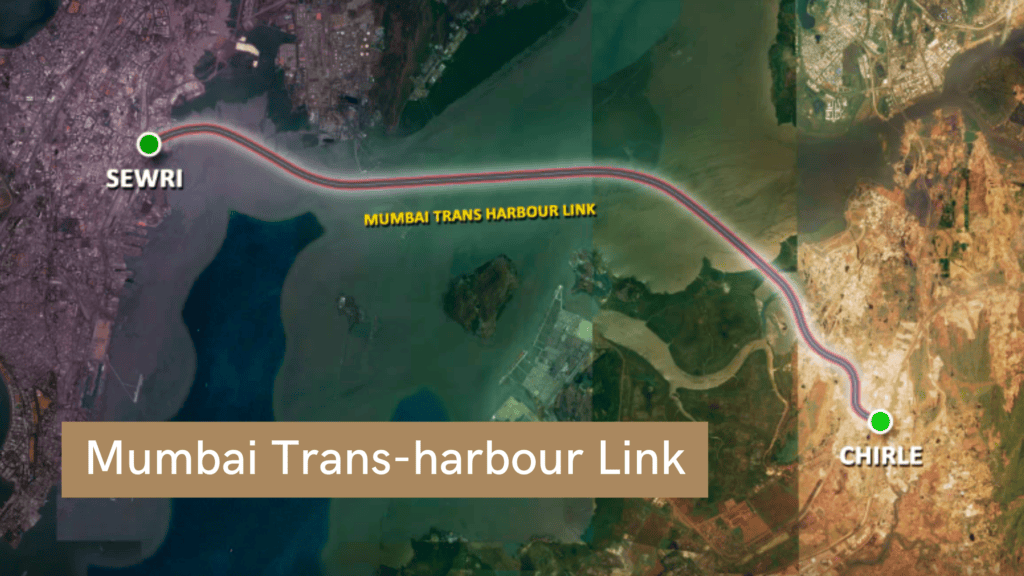Impact of the Smart Cities Mission in India

We, the people of India, dream of traveling or settling in countries like Dubai or Canada because those countries have better infrastructure, employment rates, and everything that India lacks. But hold your horses, because things are about to take a shift.
The Indian Government has brought another mission to the table: The Smart Cities Mission (SCM). You are probably asking the same thing as me.
Is the Smart Cities Mission going to get me jobs or is it going to get me affordable housing, or what about the roads, are they going to be wider? – Well, it’s a yes, yes, and a yes!
The Smart Cities Mission has the ambitious goal of bringing high-speed Internet and other 21st century amenities to 100 cities in India by 2020. In this mission, the central government will offer incentives to state governments to improve existing infrastructure and attract private investment to modernize urban areas across the country.
Real estate developers in India are having a roller coaster ride when it comes to the investments made in some of the metropolitan cities. A part of its mission is to modernize India and close the gap between urban and rural areas. Let’s have a look at how India’s Smart Cities Mission will Impact real estate.
Starting with the core facilities, it is set to provide,
This Smart Cities Mission has a strategy that goes this way,
- Retrofitting is the introduction of improved plans in an already built-up area and working to reach parameters that define what a smart city is.
- Redevelopment: It is a process that involves replacing all current development over an area of 500 acres or more and reconstructing an environment using an integrated approach.
- Greenfield approach: It has features introducing innovations in a previously underdeveloped area by adopting sustainable planning, land-pooling, and financing. Additionally, it provides affordable housing.
These strategic steps will obviously require a lot of planning, preparation, and construction to make it happen, which is why real estate is so essential. Before I tell you how will this mission of Smart Cities affect the Real Estate, A total expenditure of INR 2.04 lakh crore (approximately $34 billion), Smart Cities Mission seeks investments from central and state governments (45%), public-private partnerships (21%), city funds (1%), and converging with other government schemes (21%). Spain, Germany, France, Italy, and other foreign countries also have shown their interest in investing in India’s Smart Cities Mission.
The Impact of Smart Cities Mission’s Impact on Real Estate
Huge Need for Commercial and Residential Real Estate
Because of the concessions and favorable policies of the government, affordable housing grants the average Indian coming from a modest economic background the opportunity to purchase their home rather than simply renting.
Smart cities mean that more people in India are likely to migrate to these metropolises, hopeful that they will find stability and steady employment. Moreover, they are better able to save enough to afford homeownership. The systematic process of rehabilitating certain neighborhoods and creating spaces in which newer, wealthier populations can live will result in the demands for housing of various types and varying locations – both big and small.
Global MNCs will find smart cities to be perfect destinations to nurture and harvest new talent at competitive costs. With big fishes setting up bases in smaller central cities, there will be a rise in the market for offices, co-working spaces, shopping mall complexes, cinemas, and restaurants.
This Smart Cities Mission will also give wings to real estate investors looking forward to setting up commercial activities that are sustainable and ecologically balanced at one go by embracing high technology techniques while focusing more on quality than quantity!
Boost Private-Public Partnerships
With the huge capital required to build smart cities, public-private partnerships will drive smart cities. An advantage of collaborations like these will be the efficient delivery of utilities and services to people living in smart cities. This will drive the creation of joint ventures in smart cities, driving capital pooling by developers and private enterprises.
More Affordable Houses and Need for More Developers
As part of the Prime Minister’s Housing for All Scheme, it aims to help displaced slum dwellers by involving private developers, promoting affordable housing with subsidies and public-private partnerships, and subsidizing house construction. This creates an opportunity for smaller, mid-segment developers, which have very little presence in bigger cities and have been struggling to stay afloat, to gain a foothold now that they will be able to target a different consumer base.
Upgraded Infrastructure
More jobs will be created in smart cities, contributing to the economic development of urban centers. Job opportunities in the Real estate sector will also be on the rise, as infrastructure development requires a lot of manpower and labor.
In a Nutshell
Let’s face it- For the cities to become smart, we need the people to become smart, after all, it’s for the people only. Also, The Smart Cities Mission can’t become a grand success overnight. Many stakeholders are working hard by joining hands to make this Mission a success.

Variants of GRIHA Rating System
We, the people of India, dream of traveling or settling in countries like Dubai or Canada because those countries have...
Growth in Real Estate May Be Hampered by Rising Raw Material Costs
We, the people of India, dream of traveling or settling in countries like Dubai or Canada because those countries have...
Impacts of 5G Technology on Indian Real Estate
We, the people of India, dream of traveling or settling in countries like Dubai or Canada because those countries have...
Mumbai Trans-harbour Link - The Longest Sea Link in India
We, the people of India, dream of traveling or settling in countries like Dubai or Canada because those countries have...
How to Make Your House Look Rich?
We, the people of India, dream of traveling or settling in countries like Dubai or Canada because those countries have...
10 Houseplants to Brighten Up Your Home
We, the people of India, dream of traveling or settling in countries like Dubai or Canada because those countries have...
6 Clever Ways to Hide Cords in Your House
We, the people of India, dream of traveling or settling in countries like Dubai or Canada because those countries have...

















